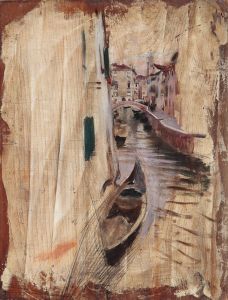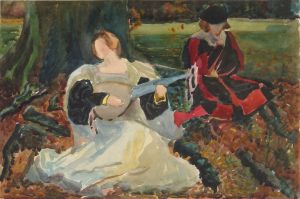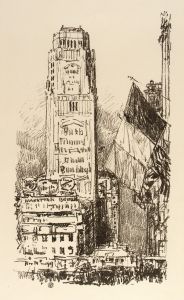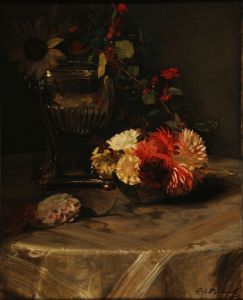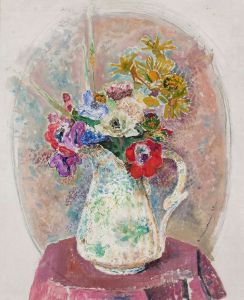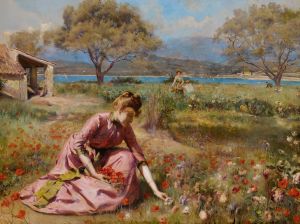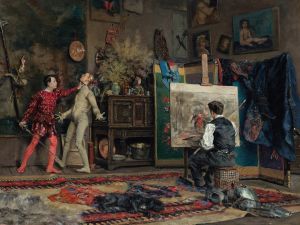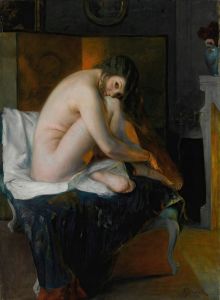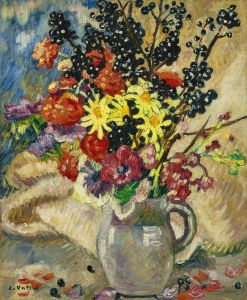
Au Jardin
A hand-painted replica of Julius Leblanc Stewart’s masterpiece Au Jardin, meticulously crafted by professional artists to capture the true essence of the original. Each piece is created with museum-quality canvas and rare mineral pigments, carefully painted by experienced artists with delicate brushstrokes and rich, layered colors to perfectly recreate the texture of the original artwork. Unlike machine-printed reproductions, this hand-painted version brings the painting to life, infused with the artist’s emotions and skill in every stroke. Whether for personal collection or home decoration, it instantly elevates the artistic atmosphere of any space.
"Au Jardin" is a painting by the American artist Julius LeBlanc Stewart, who was known for his luxurious and detailed depictions of the social elite in the late 19th and early 20th centuries. Born in Philadelphia in 1855, Stewart spent much of his life in Paris, where he became an integral part of the expatriate art community. His works often reflect the opulence and elegance of the Belle Époque period.
"Au Jardin," which translates to "In the Garden," is one of Stewart's notable works that exemplifies his skill in capturing the leisurely activities of the upper class. The painting portrays a serene garden scene, with finely dressed individuals engaging in relaxed conversation and enjoying the outdoors. Stewart's attention to detail is evident in the intricate rendering of the clothing, the lush greenery, and the overall composition that draws the viewer into the tranquil setting.
Stewart's technique in "Au Jardin" showcases his ability to blend realism with an impressionistic touch, particularly in the way he handles light and shadow. The dappled sunlight filtering through the trees creates a dynamic interplay of light, adding depth and a sense of immediacy to the scene. This use of light not only enhances the realism of the painting but also contributes to the overall mood of leisure and sophistication.
The figures in the painting are depicted with a high degree of realism, characteristic of Stewart's style. Each individual is rendered with careful attention to their attire and posture, reflecting the fashion and social norms of the time. The women's dresses, adorned with lace and ruffles, and the men's tailored suits are indicative of the era's fashion, providing a glimpse into the lifestyle of the period's elite.
Stewart's background and training played a significant role in his artistic development. He studied under prominent artists such as Jean-Léon Gérôme and was influenced by the academic traditions of the time. His exposure to the Parisian art scene and his connections with other expatriate artists helped shape his unique style, which combined academic precision with a more relaxed, impressionistic approach.
"Au Jardin" is a testament to Stewart's ability to capture the essence of his subjects and their environment. The painting not only serves as a visual record of a specific moment in time but also reflects the broader cultural and social context of the Belle Époque. Through his meticulous technique and keen observation, Stewart offers viewers a window into the world of the late 19th-century elite, highlighting their leisurely pursuits and the beauty of their surroundings.
In summary, "Au Jardin" by Julius LeBlanc Stewart is a masterful representation of the artist's talent for depicting the elegance and refinement of the upper class during the Belle Époque. The painting's detailed realism, combined with its impressionistic handling of light, creates a captivating and immersive scene that continues to resonate with viewers today.





